Renault Captur vs VW Golf – Suorituskyky, toimintamatka ja kulutus vertailussa
Molemmilla malleilla on vahvuutensa – mutta kumpi sopii sinulle paremmin?
Vertaa suorituskykyä, kulutusta, hintaa ja tiloja suoraan: Renault Captur vai VW Golf?
The Compact Crossover vs. Hatchback: Renault Captur vs. VW Golf
The automotive world is bustling with innovations, and two names often come up when discussing popular compact vehicles: the Renault Captur and the VW Golf. Both models are respected for their engineering, practicality, and driving dynamics. However, they cater to slightly different needs and preferences.
A Tale of Two Bodies: SUV vs. Hatchback
The Renault Captur is an SUV, boasting a height of 1575mm and a body length of 4239mm. This makes it slightly taller than the VW Golf, which is a conventional hatchback with a maximum height of 1483mm and a length that can extend up to 4292mm. This differential appeals to those who prefer a higher driving position and a more rugged appearance with the Captur.
Engine Variety and Power
Under the hood, both models provide diverse engine options. The 2024 Renault Captur offers a wide range of engines including a full hybrid, petrol mild hybrid (MHEV), and petrol-only options, producing power between 91 HP and 158 HP. On the other hand, the VW Golf brings a rich selection of petrol MHEV, petrol, diesel, and plug-in hybrid engines, delivering power from 116 HP to an impressive 333 HP.
The Captur features engines with a capacity ranging from 999 cm³ to 1598 cm³, combined with a torque output of up to 270 Nm. Meanwhile, the Golf’s engines range from 1498 cm³ to 1984 cm³, capable of delivering torque up to 420 Nm, giving it a slight edge in terms of raw power.
Performance and Efficiency
When it comes to efficiency, the Renault Captur's hybrid systems shine, boasting a consumption as low as 4.7 L/100km, whereas the VW Golf provides impressive efficiency as well, with consumption as low as 4.3 L/100km from its hybrid models and an electric range of up to 143 km from its plug-in hybrid variant.
The acceleration abilities further differ. The Captur achieves 0-100km/h between 8.5s and 14.3s, while the Golf, with higher power options, manages a speedy 4.6s with its top-tier model. In terms of top speed, the Golf once again leads, with a maximum speed of 270 km/h compared to the Captur’s 180 km/h.
Space and Practicality
Inside, both cars favor practicality. The Captur offers trunk capacity from 326 L to 422 L, while the Golf ranges from 273 L to 381 L. Both models accommodate five passengers and provide impressive payload figures — the Captur maxes out at 383 kg and the Golf at 505 kg, reflecting the larger payload capacity provided by the Golf.
Technological Advancements
Technologically, both vehicles are equipped with advanced features to enhance driving comfort and safety. The Captur comes with its latest infotainment system, easy link connectivity, and advanced driver-assistance systems (ADAS). Meanwhile, the Golf is renowned for its digital cockpit, seamless connectivity options, and sophisticated driver-assistance technologies, pushing the boundaries of what a hatchback can offer.
Conclusion
Choosing between the Renault Captur and the VW Golf ultimately comes down to preference and needs. The Captur suits those who want the SUV feel with hybrid efficiency and a higher driving position. In contrast, the Golf offers a dynamic driving experience with a range of powertrains that includes high-performance options and ultra-efficient hybrids. Both are impressive feats of engineering, setting standards in their respective categories.
Tässä mennään yksityiskohtiin: tekniset erot tarkemmin
Kustannukset ja kulutus: Taloudellisuudessa on mielenkiintoisia eroja näiden kahden mallin välillä.
Renault Captur on hinnassa selvästi havaittava edullisempi – sen lähtöhinta on 23500 €, kun taas VW Golf maksaa 29400 €. Ero on noin 5905 €.
Polttoaineenkulutuksessa näkyy ero: VW Golf kuluttaa 0.30 L ja on siten merkittävä taloudellisempi kuin Renault Captur, jonka kulutus on 4.50 L. Ero on noin 4.20 L /100 km.
Moottori ja suorituskyky: Moottorin alta paljastuu, kumpi malli on urheilullisempi ja kiihtyy paremmin.
Moottoritehossa VW Golf on merkittävä etulyöntiasemassa – 333 hv verrattuna 158 hv:een. Ero on noin 175 hv hv.
Kiihdytyksessä 0–100 km/h VW Golf on vakuuttava nopeampi – 4.60 s vs. 8.50 s. Ero on noin 3.90 s sekuntia.
Huippunopeudessa VW Golf on huomattava edellä – se yltää 270 km/h:een, kun taas Renault Captur saavuttaa 180 km/h. Ero on noin 90 km/h.
Vääntömomentissa näkyy myös ero: VW Golf vetää ilmeinen voimakkaammin, 420 Nm verrattuna 270 Nm:een. Eroa on noin 150 Nm.
Tila ja käytännöllisyys: Sisätilat, tavaratila ja kantavuus ratkaisevat auton arjen käytettävyyden. Mukavuus ja joustavuus ovat avainasemassa.
Molemmissa autoissa on tilaa 5 henkilölle.
Omapainossa Renault Captur on tuskin havaittava kevyempi – 1293 kg verrattuna 1307 kg:een. Painoero on noin 14 kg.
Tavaratilan koossa Renault Captur tarjoaa vähäinen enemmän – 422 L verrattuna 381 L:een. Ero on noin 41 L.
Maksimikantavuudessa Renault Captur pärjää melkein huomaamaton paremmin – jopa 1363 L, noin 126 L enemmän kuin VW Golf.
Kantavuudessa VW Golf on jonkin verran parempi – 508 kg verrattuna 457 kg:een. Ero on noin 51 kg.
Kokonaisuudessaan VW Golf on hallitsee vertailua ja nappaa näin DriveDuel Champion -tittelin.
Se vakuuttaa tasapainoisemmalla kokonaisuudellaan ja on käytännöllisempi kumppani arjessa.
Renault Captur
Renault Captur on tyylikäs ja monipuolinen kaupunkiauto, joka yhdistää käytännöllisyyden ja modernin muotoilun. Sen kohokohtia ovat mukautuva sisustus ja tilavat tavaratilat, jotka tekevät siitä erinomaisen valinnan aktiivisille perheille. Lisäksi Capturin ajomukavuus ja tehokkaat moottorivaihtoehdot tekevät siitä miellyttävän kumppanin niin arjessa kuin viikonlopun seikkailuissa.
Tiedot @ renault-presse.de
@ renault-presse.de
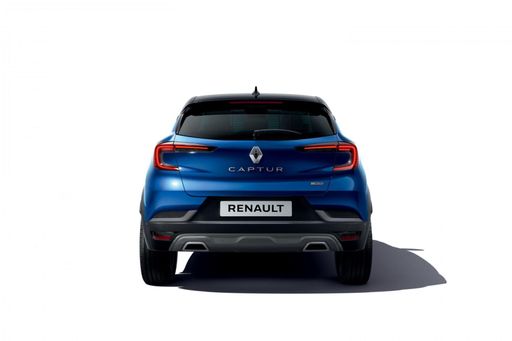 @ renault-presse.de
@ renault-presse.de
 @ renault-presse.de
@ renault-presse.de
 @ renault-presse.de
@ renault-presse.de
VW Golf
Volkswagen Golf on ollut pitkään yksi suosituimmista ja tunnistettavimmista kompaktiluokan autoista. Sen elegantti muotoilu ja käytännöllisyys tekevät siitä erinomaisen valinnan päivittäiseen käyttöön, olipa kyseessä kaupunkiajo tai pidemmät matkat. Golf yhdistää vaivattomasti mukavuuden ja tehokkuuden, mikä tekee siitä houkuttelevan vaihtoehdon monille autoilijoille.
Tiedot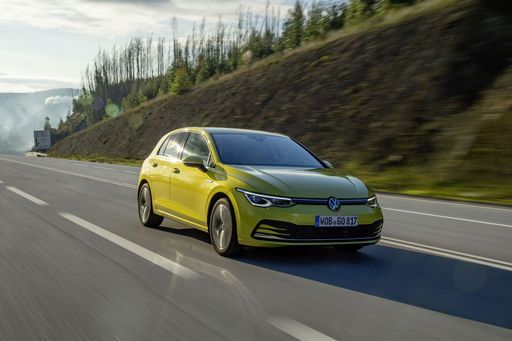 @ Volkswagen
@ Volkswagen
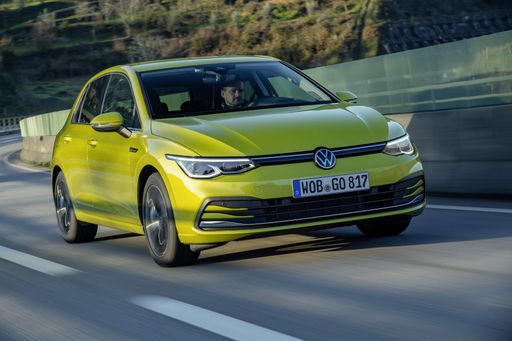 @ Volkswagen
@ Volkswagen
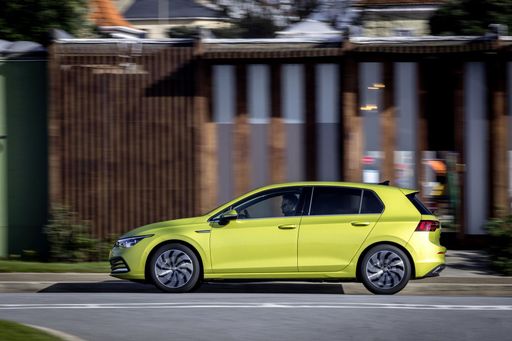 @ Volkswagen
@ Volkswagen
 @ Volkswagen
@ Volkswagen
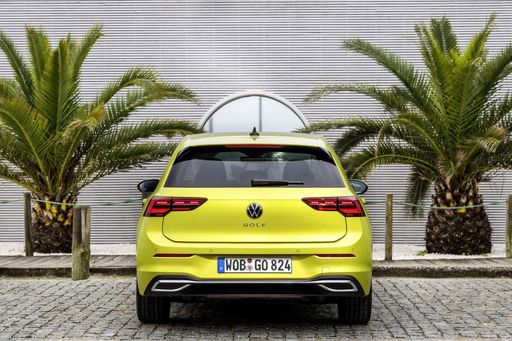 @ Volkswagen
@ Volkswagen
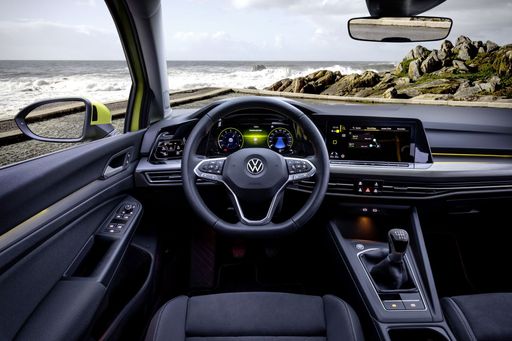 @ Volkswagen
@ Volkswagen
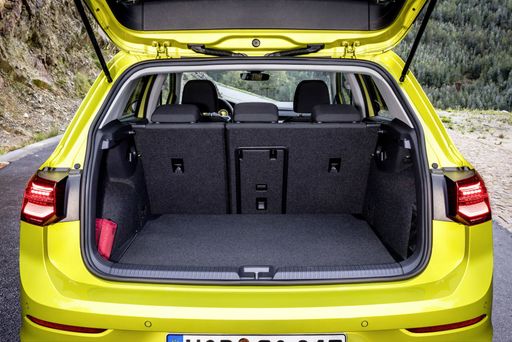 @ Volkswagen
@ Volkswagen

|

|
|
|
|
Kustannukset ja kulutus |
|
|---|---|
|
Hinta
23500 - 33100 €
|
Hinta
29400 - 60200 €
|
|
Kulutus L/100km
4.5 - 6 L
|
Kulutus L/100km
0.3 - 8.2 L
|
|
Kulutus kWh/100km
-
|
Kulutus kWh/100km
-
|
|
Sähköinen toimintasäde
-
|
Sähköinen toimintasäde
131 - 143 km
|
|
Akun kapasiteetti
-
|
Akun kapasiteetti
19.70 kWh
|
|
CO2
102 - 135 g/km
|
CO2
6 - 186 g/km
|
|
Polttoainesäiliön tilavuus
48 L
|
Polttoainesäiliön tilavuus
40 - 55 L
|
Mitat ja kori |
|
|---|---|
|
Kori
SUV
|
Kori
Hatchback
|
|
Istuimet
5
|
Istuimet
5
|
|
Ovet
5
|
Ovet
5
|
|
Omamassa
1293 - 1514 kg
|
Omamassa
1307 - 1668 kg
|
|
Tavaratila
326 - 422 L
|
Tavaratila
273 - 381 L
|
|
Pituus
4239 mm
|
Pituus
4282 - 4296 mm
|
|
Leveys
1797 mm
|
Leveys
1789 mm
|
|
Korkeus
1575 mm
|
Korkeus
1454 - 1483 mm
|
|
Maksimi tavaratila
1276 - 1363 L
|
Maksimi tavaratila
1129 - 1237 L
|
|
Kantavuus
376 - 457 kg
|
Kantavuus
431 - 508 kg
|
Moottori ja suorituskyky |
|
|---|---|
|
Moottorityyppi
Bensiini MHEV, Bensiini, Täyshybridi
|
Moottorityyppi
Bensiini MHEV, Bensiini, Plug-in hybridi, Diesel
|
|
Vaihteisto
Manuel, Automaatti
|
Vaihteisto
Automaatti, Manuel
|
|
Vaihteiston tyyppi
Manuaalivaihteisto, Kaksoiskytkin automaatti, Automaattivaihteisto
|
Vaihteiston tyyppi
Kaksoiskytkin automaatti, Manuaalivaihteisto
|
|
Vetotapa
Etuveto
|
Vetotapa
Etuveto, Neliveto
|
|
Teho hv
91 - 158 hv
|
Teho hv
116 - 333 hv
|
|
Kiihtyvyys 0-100 km/h
8.5 - 14.3 s
|
Kiihtyvyys 0-100 km/h
4.6 - 10.2 s
|
|
Huippunopeus
168 - 180 km/h
|
Huippunopeus
202 - 270 km/h
|
|
Vääntömomentti
160 - 270 Nm
|
Vääntömomentti
220 - 420 Nm
|
|
Sylinterien lukumäärä
3 - 4
|
Sylinterien lukumäärä
4
|
|
Teho kW
67 - 116 kW
|
Teho kW
85 - 245 kW
|
|
Iskutilavuus
999 - 1789 cm3
|
Iskutilavuus
1498 - 1984 cm3
|
Yleiset |
|
|---|---|
|
Mallivuosi
2024 - 2025
|
Mallivuosi
2024 - 2025
|
|
CO2-tehokkuusluokka
D, C
|
CO2-tehokkuusluokka
D, B, F, G, C
|
|
Merkki
Renault
|
Merkki
VW
|
Millaisia voimalinjoja Renault Captur:ssa on saatavilla?
Mallia tarjotaan Etuveto-versiona.
Näytetyt hinnat ja tiedot ovat arvioita, jotka perustuvat Saksan listahintoihin, ja voivat vaihdella maittain. Nämä tiedot eivät ole oikeudellisesti sitovia.
